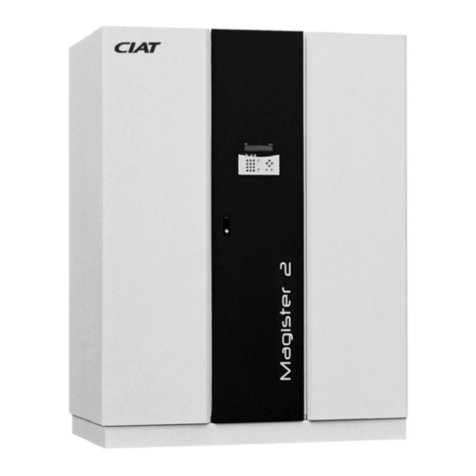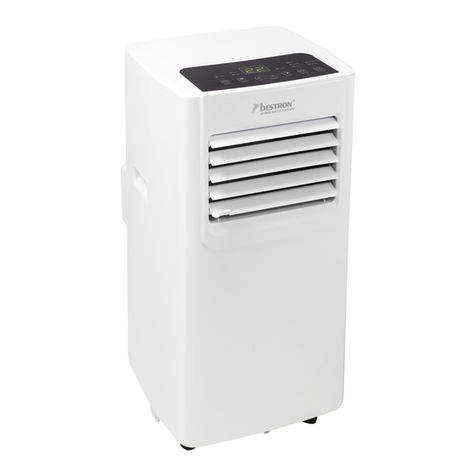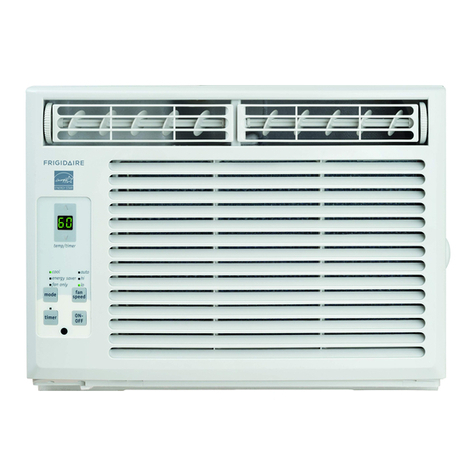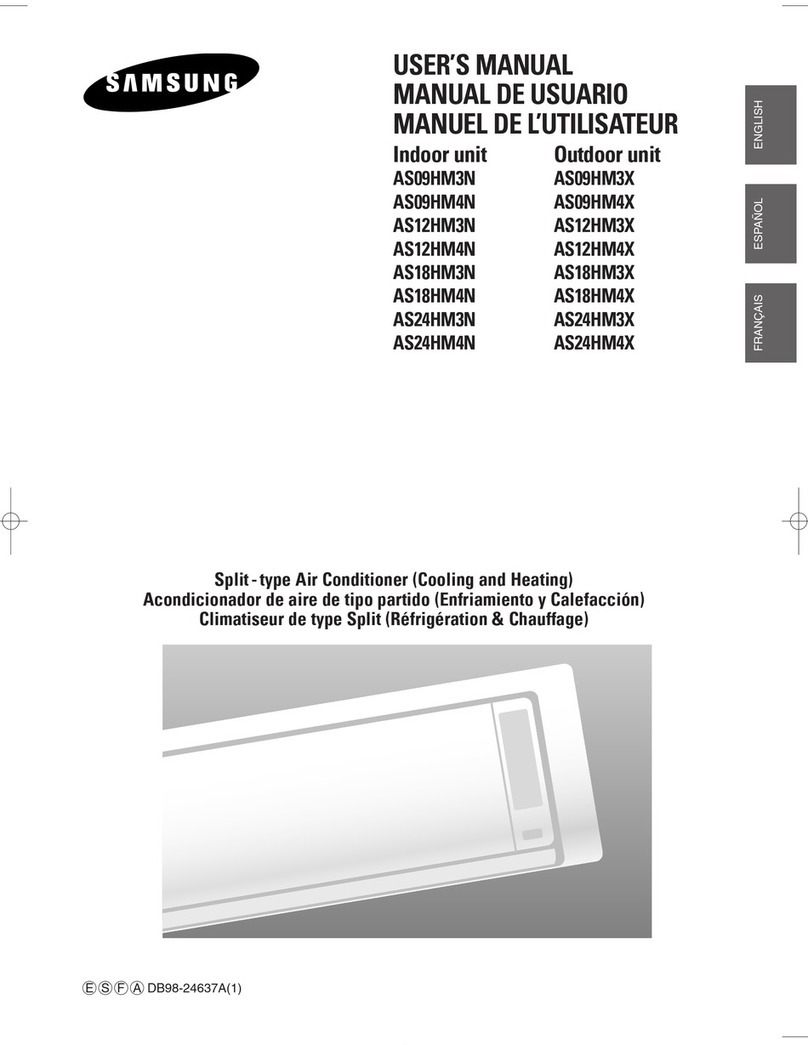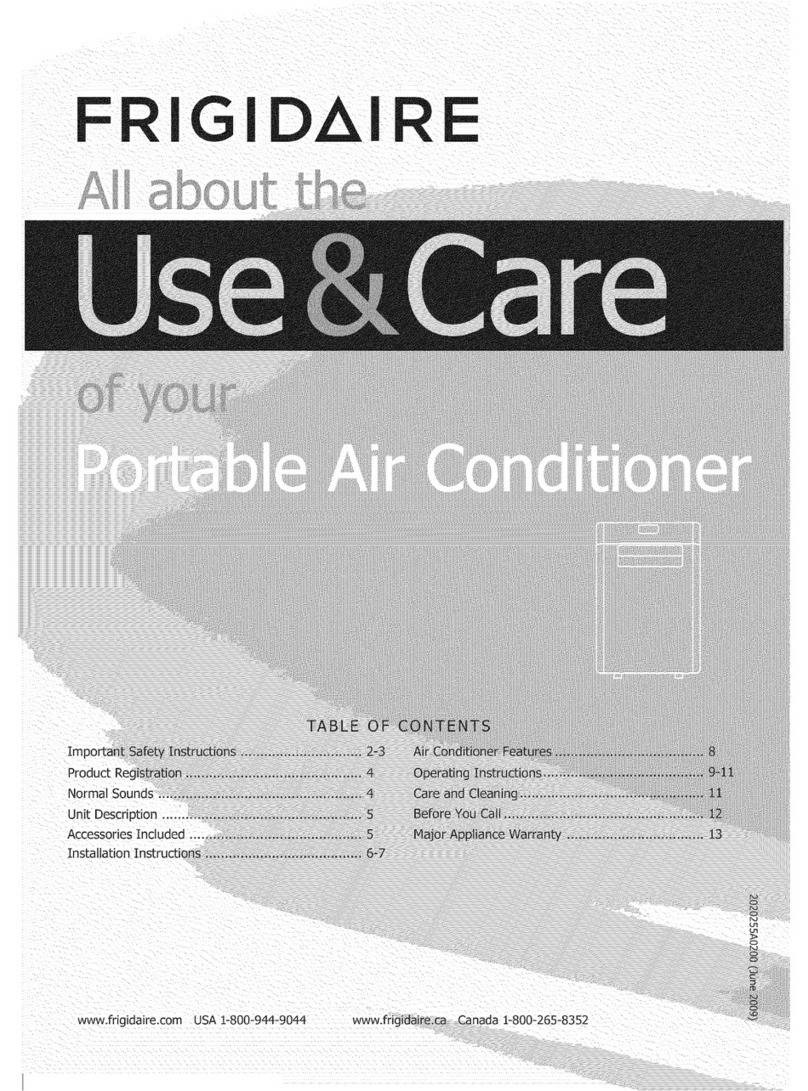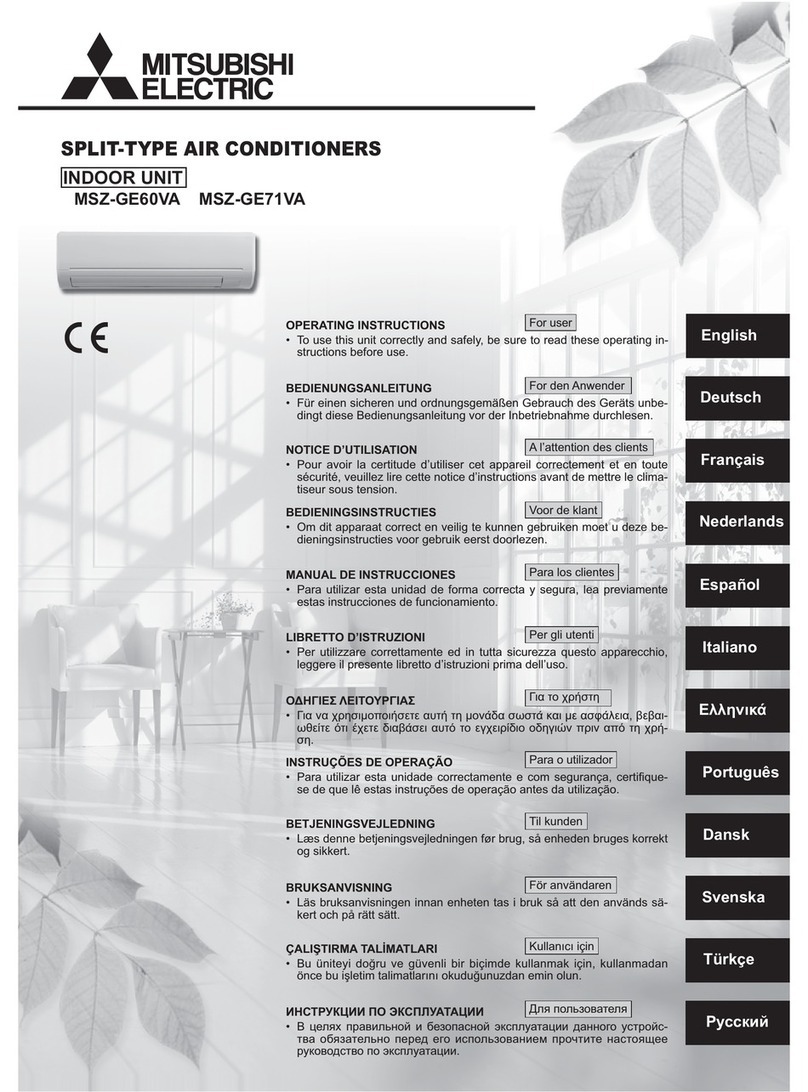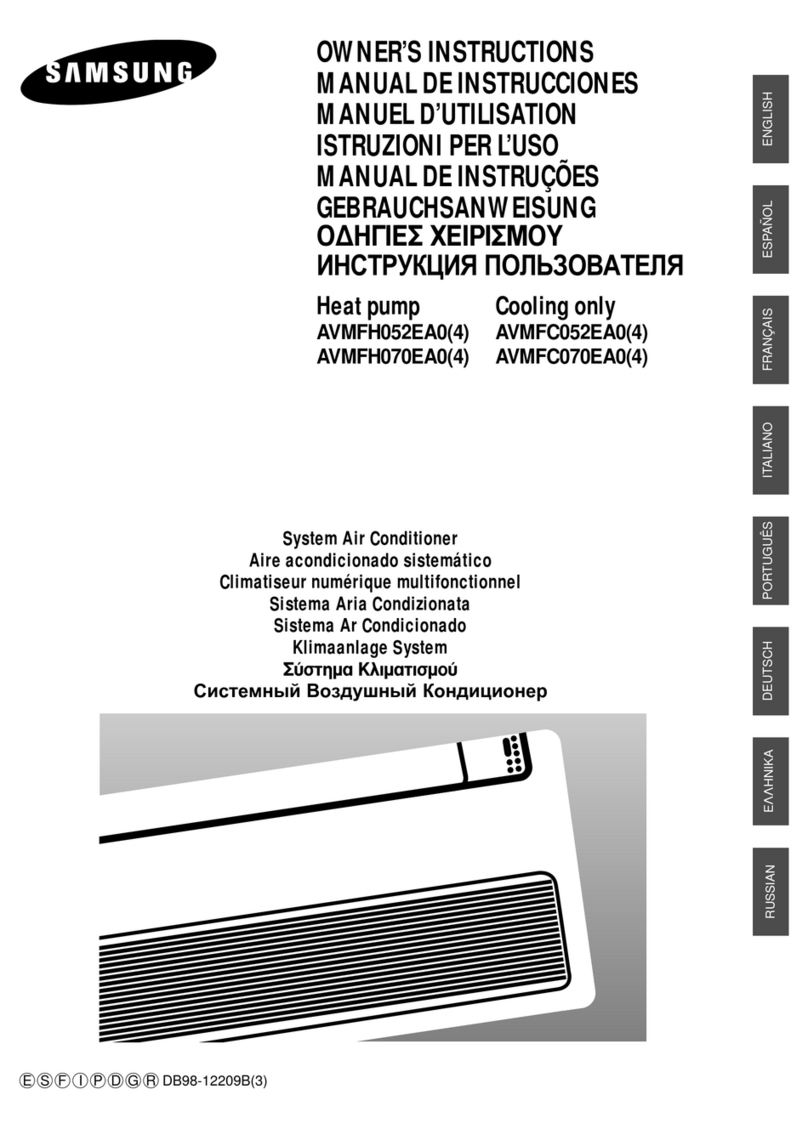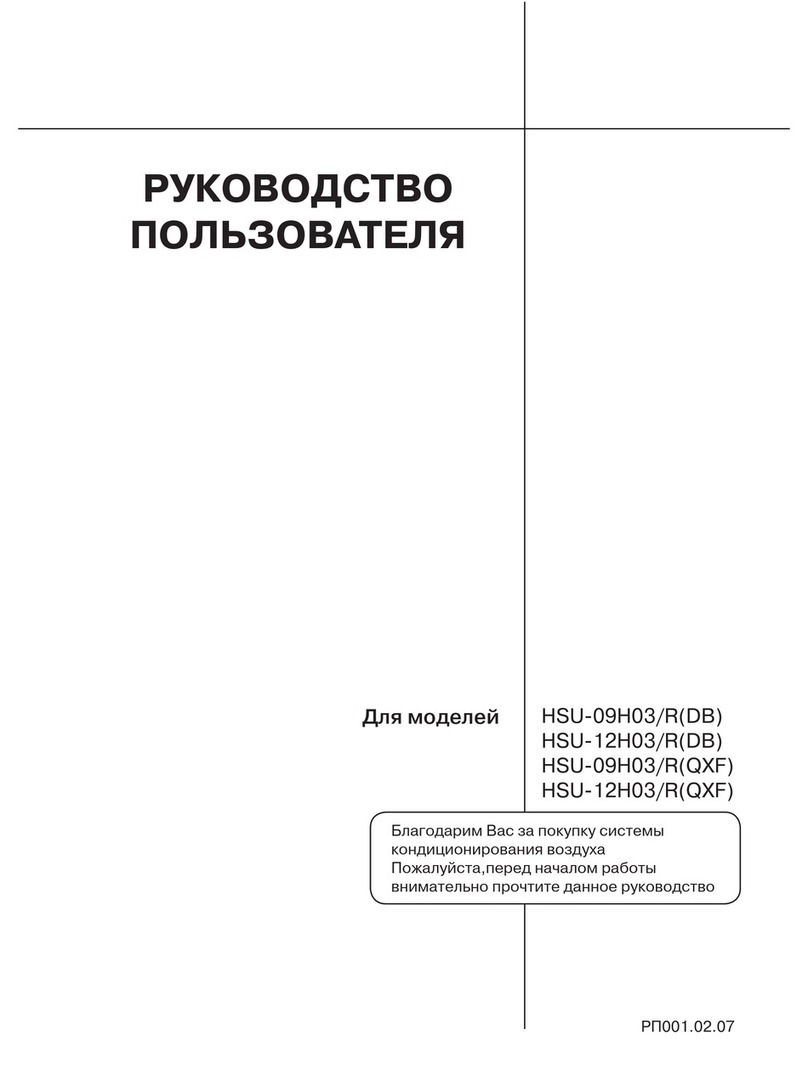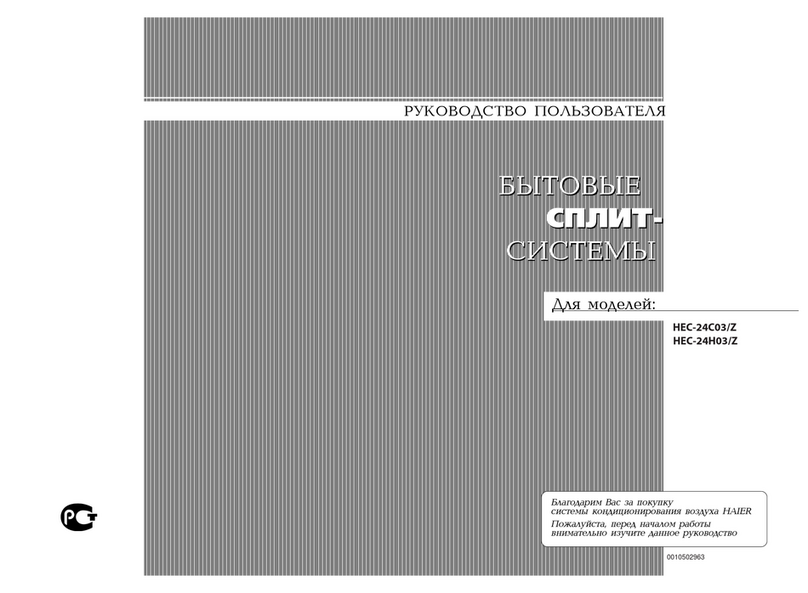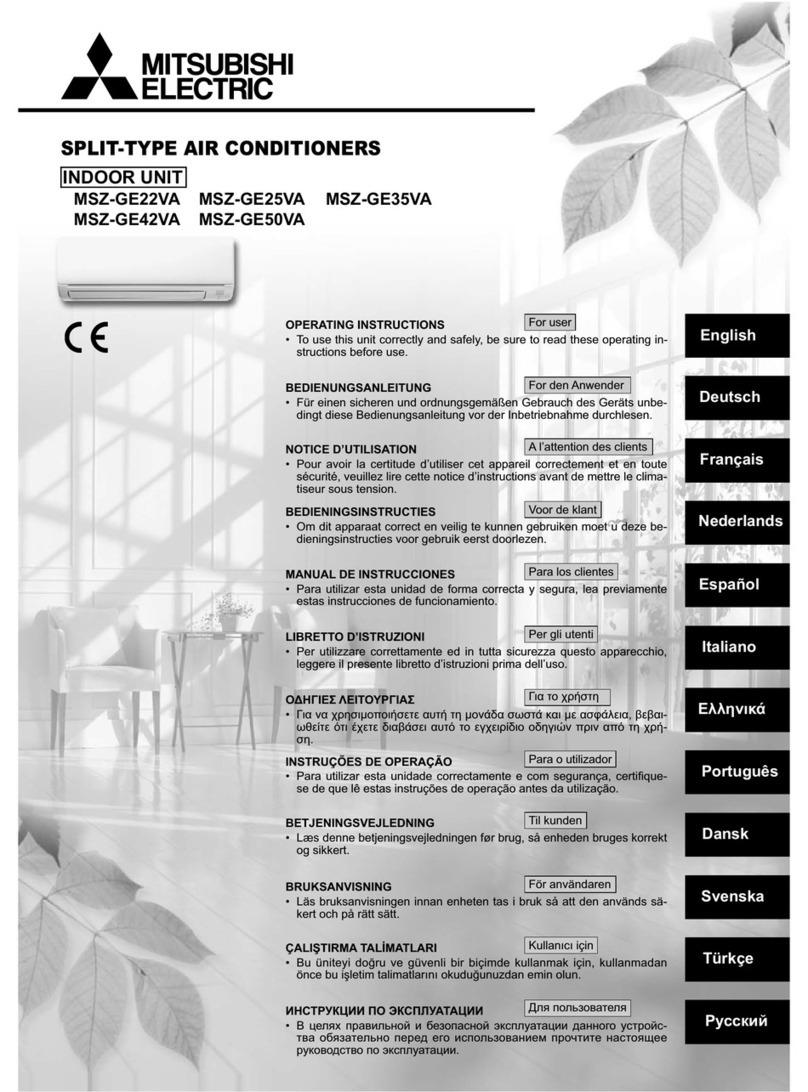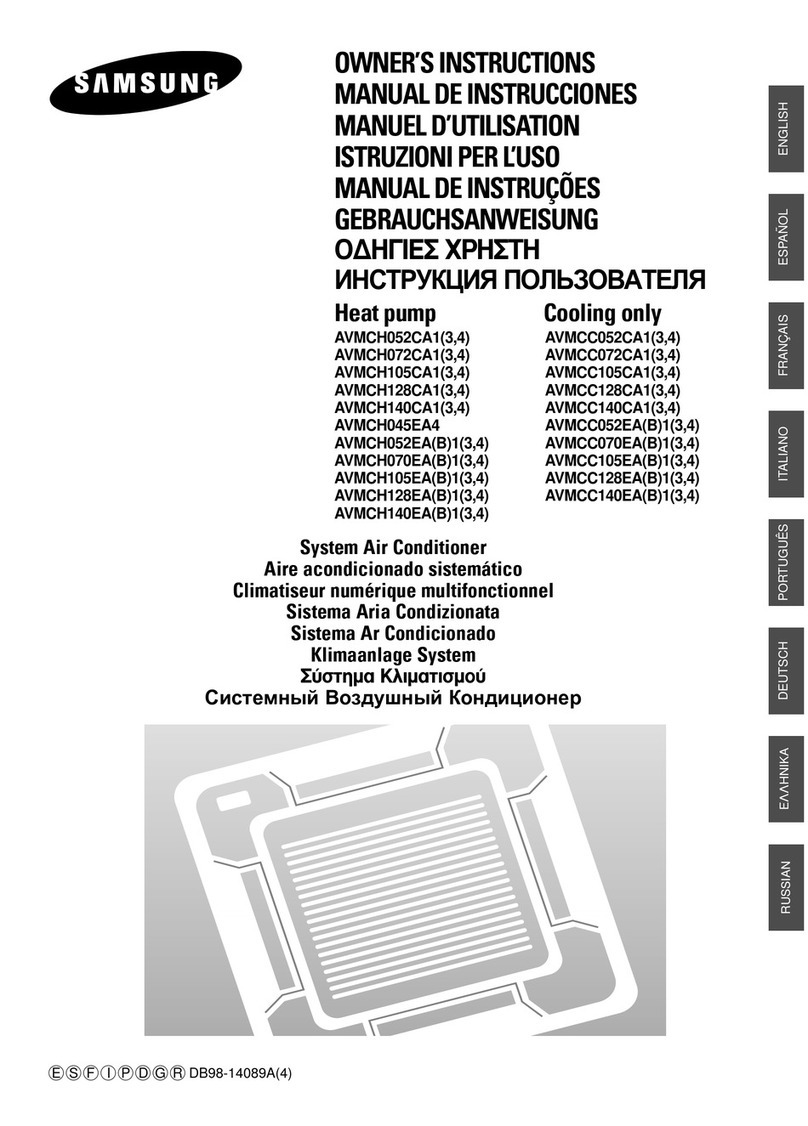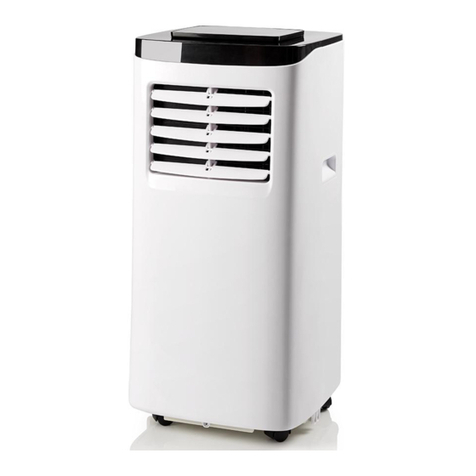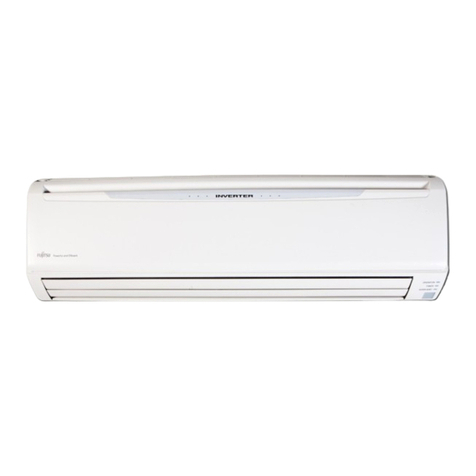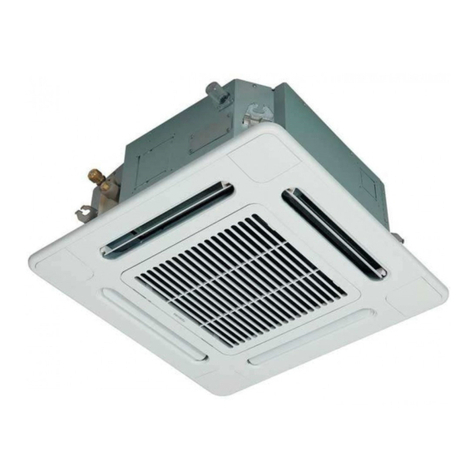
Page 4
STEP 2 – REFRIGERANT PIPING –
Flushing Existing Line Set & Indoor Coil
Flush the existing line set per the following instruc
tions. For more information, refer to the Installation
and Service Procedures manual available on Dave
Net. CAUTION -DO NOT attempt to flush and re-use ex
isting line sets or indoor coil when the system con
tains contaminants (i.e., compressor burn out).
NOTE - When installing refrigerant lines longer than 50
feet, refer to the Refrigerant Piping Design and Fabrication
Guidelines manual available on DaveNet (Corp. 9351-L9),
or contact the Technical Support Department Product Ap
plication group for assistance.
NOTE - For new or replacement line set installation, refer
to Service and Application Note - Corp. 9112-L4 (C-91-4).
WARNING
Refrigerant can be harmful if it is inhaled. Refrigerant
must be used and recovered responsibly.
Failure to follow this warning may result in personal
injury or death.
WARNING
Polyol ester (POE) oils used with HFC-410A refrigerant
absorb moisture very quickly. It is very important that
the refrigerant system be kept closed as much as
possible. DO NOT remove line set caps or service valve
stub caps until you are ready to make connections.
TABLE 1
REFRIGERANT LINE SET — INCHES (MM)
Model
Field
Connections
Recommended Line Set
Liquid
Line
Suction
Line
Liquid
Line
Suction
Line
L15 Line Set
-024 3/8”
(10 mm) 3/4”
(19 mm)
3/8”
(10 mm)
3/4”
(19 mm)
L15-41: 15 ft.–50 ft.
(4.6 m–15 m)
-036 3/8”
(10mm)
7/8”
(22mm)
3/8”
(10 mm)
7/8”
(22 mm)
L15-65: 15 ft.– 50 ft.
(4.6 m–15 m)
-048
-060 3/8”
(10mm)
1-1/8”
(29 mm)
3/8”
(10 mm)
1-1/8”
(29 mm) Field-Fabricated
NOTE - Some applications may require a field-provided 7/8” to 1-1/8” adapter.
IMPORTANT !
If this unit is being matched with an approved line set or in
door unit coil that was previously charged with mineral oil,
or if it is being matched with a coil which was manufactured
before January of 1999, the coil and line set must be
flushed prior to installation. Take care to empty all existing
traps. Polyol ester (POE) oils are used in Lennox units
charged with HFC-410A refrigerant. Residual mineral oil
can act as an insulator, preventing proper heat transfer. It
can also clog the expansion device and reduce system
performance and capacity.
Failure to properly flush the system per this instruction
and the detailed Installation and Service Procedures
manual will void the warranty.
WARNING
When using a high-pressure gas such as
nitrogen to pressurize a refrigeration or
air conditioning system, use a regulator
that can control the pressure down to 1 or
2 psig (6.9 to 13.8 kPa).
WARNING
Fire, Explosion and Personal Safety Haz
ard. Failure to follow this warning could
result in damage, personal injury or
death.
Never use oxygen to pressurize or purge
refrigeration lines. Oxygen, when ex
posed to a spark or open flame, can cause
fire and/or an explosion, that could result
in property damage, personal injury or
death.
IMPORTANT !
Some scroll compressors have an internal vacuum
protector that will unload scrolls when suction pres
sure goes below 20 psig. A hissing sound will be heard
when the compressor is running unloaded. Protector
will reset when low pressure in system is raised above
40 psig. DO NOT REPLACE COMPRESSOR.
WEIGH-IN
Liquid Line
Set Diameter
HFC-410A
(ounces per foot)
5/16”
3/8”
1/2”
0.40
0.60
1.00
NOTE - The above nameplate is for illustration purposes only. Go to
actual nameplate on outdoor unit for charge information.
CHARGING METHOD FOR LONG LINE SETS
NOTE - Insulate liquid line when it is routed through areas where the
surrounding ambient temperature could become higher than the
temperature of the liquid line or when pressure drop is equal to or
greater than 20 psig.
Amount specified
on nameplate
Adjust amount for variation in
line set length and liquid line
diameter using table below. Total charge
+=
64ºF (17.7ºC) and Below
Example: Units are factorycharged for 15 feet (4.6 meters) of 3/8" line set.
Factory charge for 3/8" is 0.60 oz/ft x 15 = 9.0 ounces.
Charging Formula for Liquid Line Charge Adjustments
[(Line set oz./ft. x total length) (factory charge for line set)] = charge adjustment
FIGURE 6
